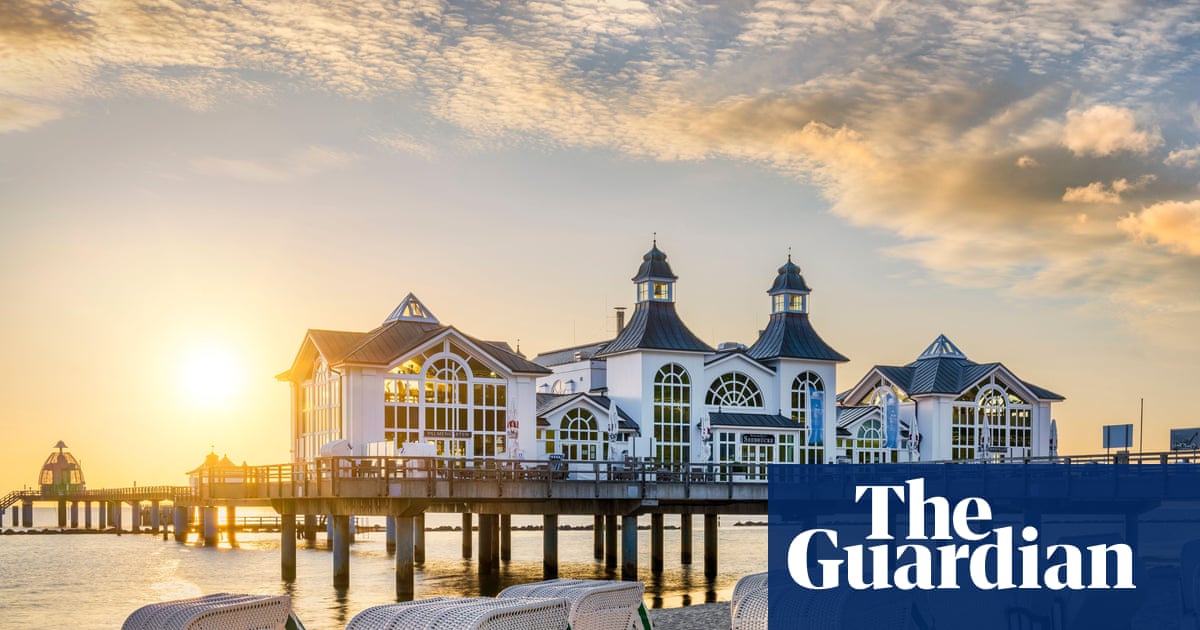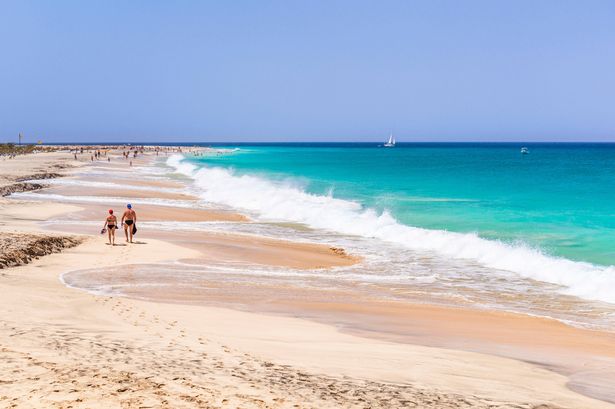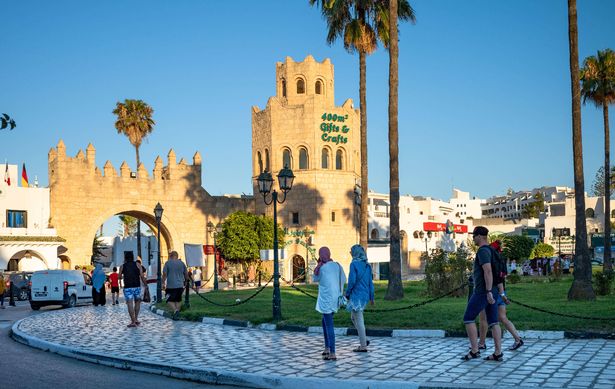Experts say many people are being drawn to the North African region by its wide availability of high-quality hotels costing considerably less than similar properties in locations such as Spain, France and Italy
A surge in UK holidaymakers are swapping traditional European destinations for North Africa, according to travel firms.
Experts suggest the region’s appeal lies in its abundance of high-quality hotels that are significantly cheaper than similar properties in Spain, France and Italy. Egypt, Morocco and Tunisia are all seeing an influx of visitors from the UK.
Data from aviation analysts Cirium reveals that 19,847 flights are expected to serve routes from UK airports to these countries this year, more than double the 8,653 flights in 2019. In contrast, the number of flights to Spain and Portugal is predicted to rise by 10% and 9% respectively over the same period.
This indicates that many holidaymakers seeking better quality accommodation without paying more are willing to endure a longer flight, despite airlines like easyJet and Ryanair offering non-reclining seats and no onboard entertainment.
READ MORE: Europe’s most visited museum shuts its doors due to overcrowding fears
Flights from Gatwick airport in West Sussex to Egypt’s Sharm el-Sheikh take approximately five hours and 20 minutes. This means an additional hour and 45 minutes on a plane compared to trips to the traditional southern Spanish hotspot of Alicante.
EasyJet commenced flights between Gatwick and Cape Verde, off the west coast of Africa, in March, marking its longest route serving England. These flights cover the distance of 2,332 nautical miles in six hours and 10 minutes.
Tui, the travel company, has reported a 30% increase in bookings for summer holidays in Egypt compared to last year, from both flight-only and package holiday customers. The firm also noted “double-digit growth” for Tunisia and a strong demand for Morocco.
Chris Logan, Tui’s UK commercial director, stated that these three destinations offer “fantastic value for money”, making it difficult for traditional European destinations to compete. Speaking to the PA news agency, he said: “There’s good quality accommodation and great weather beyond the traditional summer season.
“Even in the winter months temperatures are mild, making them a perfect choice for year-round travel.”
To meet the growing demand, Tui has increased its flights from the UK to North Africa this summer, introducing new routes from Stansted to Enfidha in Tunisia and from Newcastle to Agadir, Morocco. Booking.com, the online accommodation marketplace, reported a 68% increase in searches for summer breaks in Tunisia during the first five months of this year, compared with the same period in 2024.
Egypt and Morocco saw increases of 64% and 39% respectively. Nicki Tempest-Mitchell, managing director at Barrhead Travel, commented that Morocco, Egypt and Tunisia offer “incredible value for money” which is “proving increasingly attractive for holidaymakers this year”.
She added: “The investment in high-quality hotels and experiences across these regions is turning the heads of customers who may previously have favoured mainland Europe.”
READ MORE: Spain warning for Brits as new holiday rule comes into force from July 1READ MORE: Brits in Benidorm warned of 3 little-known beach rules that can land them hefty fines
According to Julia Lo Bue-Said, chief executive of Advantage Travel Partnership, “Although favourites such as Spain and Turkey are still our top-selling destinations, it’s safe to say north Africa is a region to watch over the next few years.”
She observed a “clear trend toward value-conscious holiday planning”, attributing this to the ongoing cost of living pressures and reduced disposable incomes.
Lo Bue-Said noted: “This shift has driven growing popularity for destinations like Morocco, Egypt and Tunisia, which offer more competitive pricing and high-quality accommodation options compared to the more traditional western Mediterranean resorts.”




